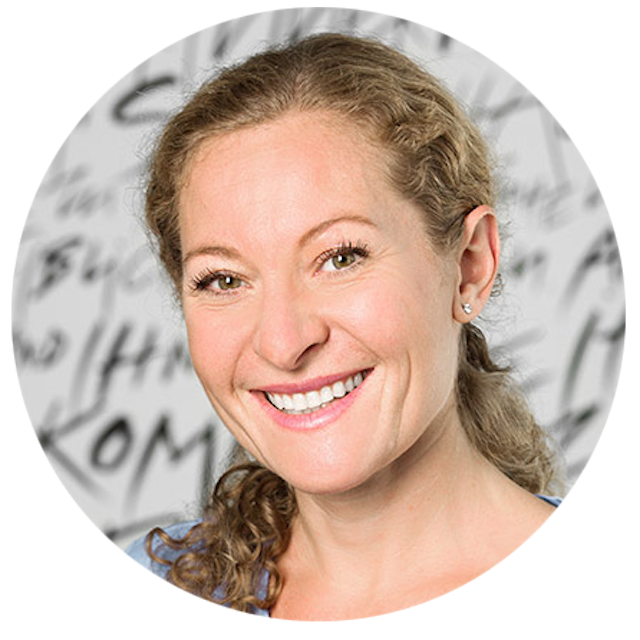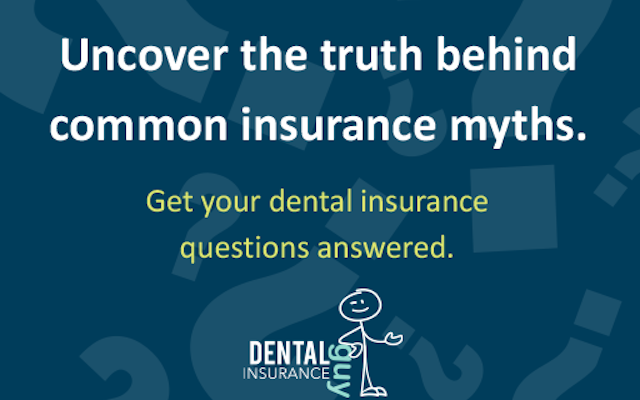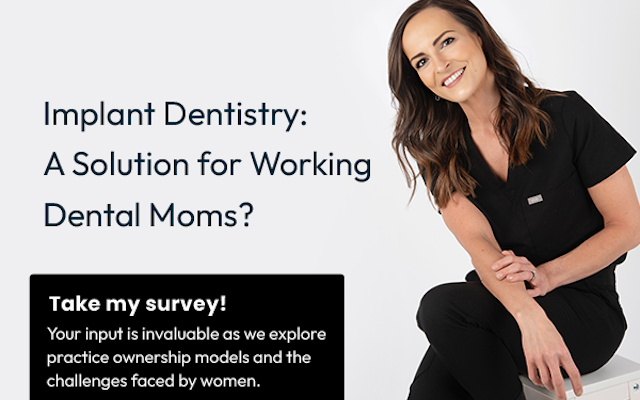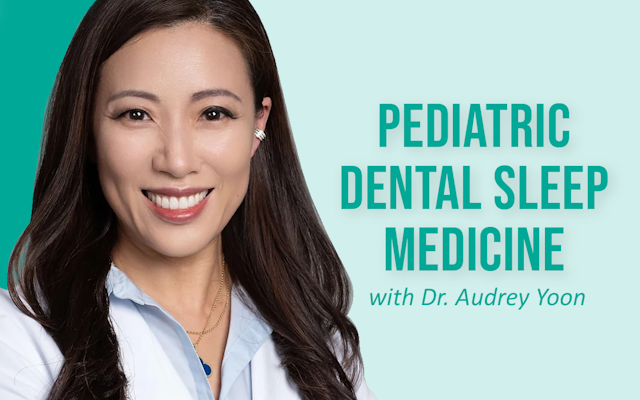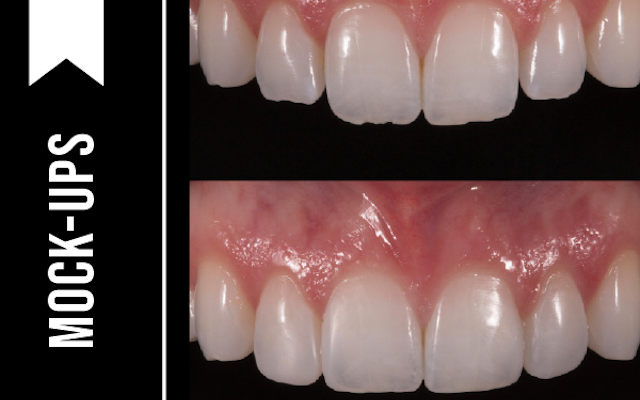Do-it-yourself (DIY) dentistry is dangerous for us and our patients. As an orthodontist, I have seen more harm than good created by the dental DIY devices that are emerging with the advancement of digital tools.
Who Is To Blame?
Certainly not the patient who is bombarded with aggressive marketing campaigns that appeal solely to lifestyle improvements. Is it the regulatory bodies allowing grocery stores to sell medical treatments under the umbrella of “cosmetic products,” therefore evading the FDA´s safety and efficacy scrutiny? Or is it the dental professionals who don´t have a unified voice and care more about individual interests? It´s a maze and the speed of emerging digital tools and technologies makes it difficult to differentiate between products that add value and those that are useless or even harmful.
Now is the time to tackle this challenge and turn these trends into a benefit.
As dental professionals, it is our responsibility to guide our patients through this maze of promises, social media postings, and subtle, but aggressive, marketing psychology. It is our responsibility to make the difference between DIY dentistry and a thorough dental treatment plan clear.
Let us, as dental professionals, grab the opportunity, fill in the missing pieces of information and guide patients to make informed decisions that benefit them in the long-run—and subsequently our practices.
The Benefit of Interdisciplinary Treatment Planning
Interdisciplinary treatment planning differentiates us from any digital tool. We are primed by the dental education system to focus on single-tooth rehabilitation. However, we must consider the oral cavity as a functional system that can benefit from interdisciplinary knowledge input into a comprehensive treatment plan. Communication between different disciplines can make the impossible possible.
As an orthodontist, I see these benefits every day.
Orthodontic treatment is accepted in all age groups nowadays. It´s become a routine pre-prosthetic treatment that enables minimally invasive restorative procedures or optimizes implant recipient sites. A proper jaw relation and bite optimized in adolescents or young adults supports the long-term stability and function of the TMJ system.
General practitioners often tell me that patients who have had orthodontic treatment, either in childhood or as adults, are much easier to treat when it comes to restorations. They present with a better periodontal state and a better oral health status than untreated patients.
However, we cannot only consider the teeth. When was the last time you referred a child to the orthodontist for airway diagnostics? The growing body of scientific evidence supports the hypothesis that the morphology of the maxilla and breathing problems have a strong influence on the growth and development of the jaws.
It’s a given that minimally invasive veneer or crown preparation is only possible when teeth are aligned, but what about the long-term protection of delicate ceramic restorations? It´s not about the “social six,” but the functioning system protecting these restorations.
These examples along with space maintenance, gingival heights and margins, and other preparatory treatments are not “rocket science” but established, easy-to-use techniques in orthodontics. Some can be done with simple aligners; others require more adjustable orthodontic devices. Thorough 3D diagnostics and a cross functional alignment on requirements and limitations serve as the fundamental basics for these treatments.
Our Digital Advantage
Digital communication tools are an incredible benefit for the patient and the dentist. Communication is where digital advancements significantly help us. Sharing patient information via appropriate cloud solutions, video conferencing and virtual 3D analytics all enable much easier, simpler and faster decision making. Digital patient communication has truly changed how I work. We tend to forget that what we do in the oral cavity is abstract for the patient. What is a “bucco-lingual onlay?” What does “an interference of a second molar to enable proper canine guidance” mean?
That’s why every consultation I do today starts with an intraoral scan and moves straight into a “show and tell” in front of the monitor. This enables me to communicate the risks and challenges I see while providing a visual representation of the situation. Patients love it.
Little to none of this is possible—or intended—through DIY product offerings.
It´s a double-edged sword though. Incomplete diagnostics and the non-existence of a comprehensive treatment plan can do harm, especially when patients are manipulated to only focus on their “social six” in DIY boutiques. On the other hand, our profession gets an almost free boost through the aggressive social media campaigns DIY providers put together to increase patient awareness.
An Opportunity
Our patients are asking for treatments they likely weren’t aware of before social media marketing hit them. We must ensure DIY dentistry is not jeopardizing the perception of clinicians as professionals. We have to make the difference clear: We can offer profound diagnostics, an openminded treatment planning approach, and diligent follow-up and maintenance.
Let’s us this as an opportunity to work more cross-functionally, providing patients with the exceptional care they simply can’t get with a DIY product.
 By:
By: 